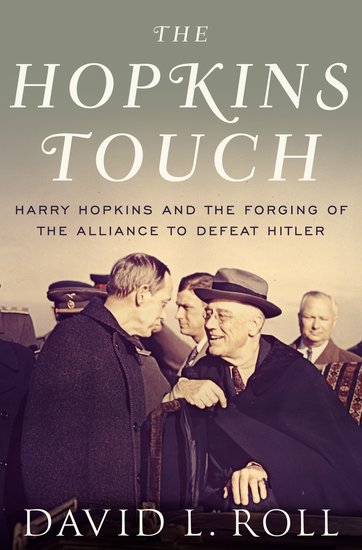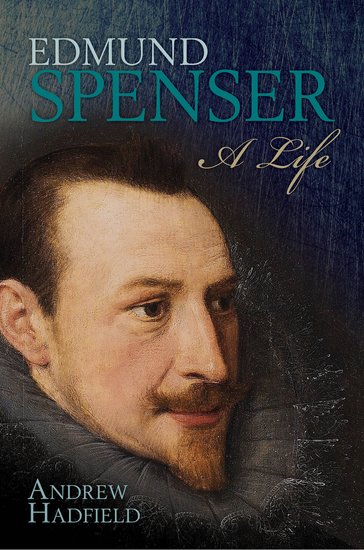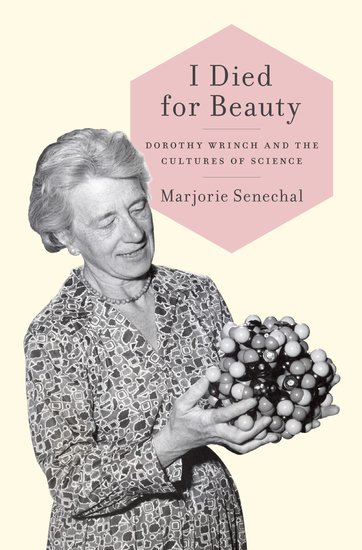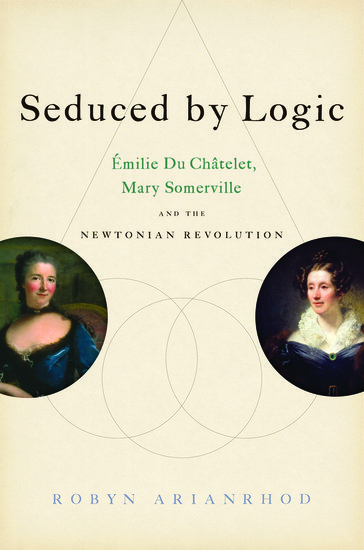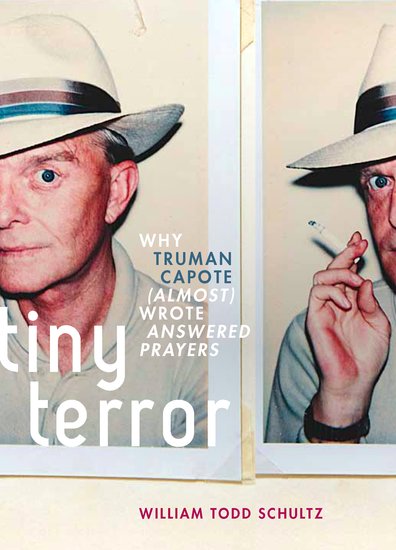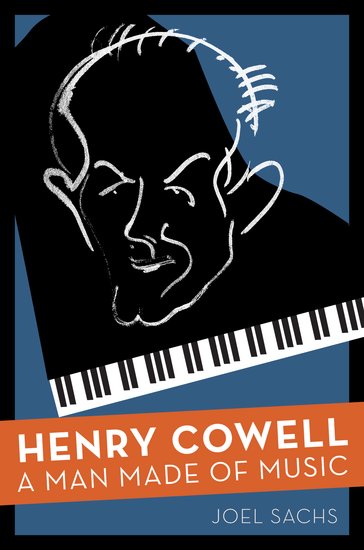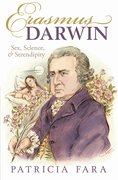Five facts about Thomas Bodley
This week marks the 400th anniversary of the death of Sir Thomas Bodley, diplomat and founder of the Bodleian Library. After retiring from public life in 1597, Bodley decided to “set up my staff at the library door in Oxon; being thoroughly persuaded, that in my solitude, and surcease from the Commonwealth affairs, I could not busy myself to better purpose, than by reducing that place (which then in every part lay ruined and waste) to the public use of students.”


